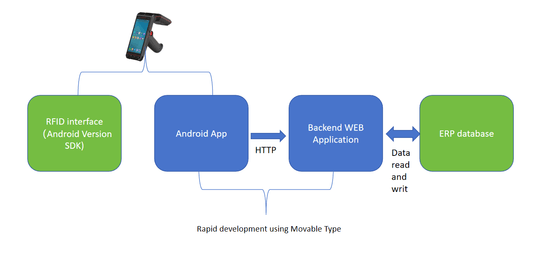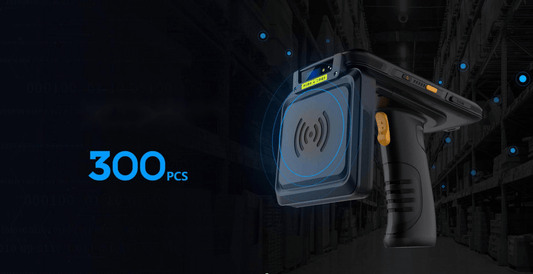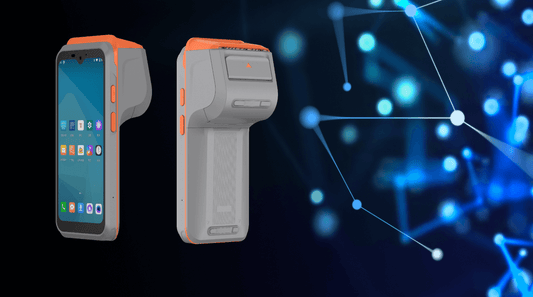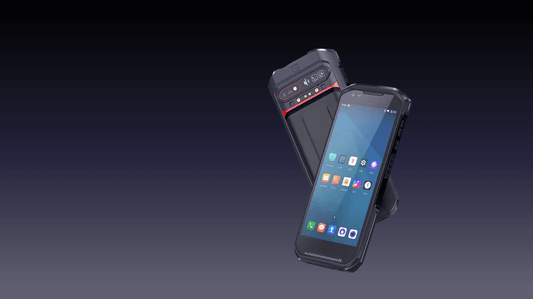Voice Control and AI: The Future of Smart Lighting Switches
Introduction
The way we interact with lights is undergoing a radical transformation. Gone are the days of manual switches—voice control and A are redefining smart lighting, making it smarter, more intuitive, and seamlessly integrated into our daily lives.
By 2025, the global smart lighting market is expected to surpass $30 billion, with voice-controlled and AI-driven lighting systems leading the charge. This blog explores how voice assistants, AI automation, and predictive lighting are shaping the future of smart switches, along with real-world applications and emerging trends.
1. The Rise of Voice-Controlled Smart Lighting
Why Voice Control?
- Hands-free convenience (e.g., adjusting lights while cooking or carrying groceries).
- Accessibility for elderly or disabled users.
- Seamless smart home integration with other IoT devices.
Key Players in Voice-Activated Lighting
✔ Amazon Alexa – Controls Philips Hue, LIFX, and other brands via simple commands.
✔ Google Assistant – Supports natural language processing (e.g., "Hey Google, dim the lights to 50%").
✔ Apple HomeKit (Siri) – Privacy-focused voice control for HomePod users.
✔ Matter Protocol – Ensures cross-platform compatibility among brands.
Emerging Trends in 2025
- Multilingual & Accent Recognition – Improved accuracy for non-native speakers.
- Context-Aware Voice Control – Lights adjust based on who is speaking (e.g., kids vs. adults).
- Offline Voice Processing – Enhanced privacy with local AI processing (no cloud dependency).
2. AI-Powered Smart Lighting: Beyond Simple Commands
How AI Makes Lighting Smarter
- Predictive Automation – Learns routines (e.g., turning on lights at sunset).
- Mood & Activity Detection – Adjusts lighting based on heart rate (wearables), calendar events, or TV usage.
- Energy Optimization – AI reduces power consumption during off-peak hours.
Real-World AI Lighting Systems
✔ Philips Hue with AI – Uses motion sensors + geofencing to auto-adjust lights.
✔ Lutron’s HomeWorks – Integrates with Tesla Powerwall to optimize energy use.
✔ Nanoleaf’s Rhythm Sync – Changes lighting colors based on music or gaming visuals.
3. The Next Frontier: AI + Voice + Edge Computing
Why Edge Computing Matters
- Faster response times (no cloud latency).
- Enhanced privacy (voice data stays local).
2025 Innovations
- On-Device AI Chips – Smart switches with built-in neural processors (e.g., Qualcomm’s AI-Enabled IoT chips).
- Self-Learning Algorithms – Lights adapt without manual programming.
- Proactive Alerts – Notifies users of bulb failures or energy spikes.
4. Challenges & Solutions
Privacy Concerns with Voice Data
- Solution: Local processing (e.g., Apple’s Siri on HomePod Mini).
Compatibility Issues
- Solution: Matter Protocol ensures cross-brand interoperability.
Power Consumption
- Solution: Energy-harvesting switches (kinetic or solar-powered).
5. The Future: What’s Next for Smart Lighting Switches?
- Biometric Voice Recognition – Lights respond only to authorized users.
- AR/VR Integration – Virtual light control in Meta Quest or Apple Vision Pro.
- Brain-Computer Interfaces (BCI) – Experimental thought-controlled lighting (e.g., NextMind by Snap).
Conclusion: The Smart Lighting Revolution
Voice and AI are eliminating the need for physical switches, creating a future where:
✅ Lights anticipate your needs (AI automation).
✅ Voice control becomes universal (multi-language, offline support).
✅ Energy efficiency reaches new heights (smart grids + solar integration).
What Should You Do Next?
- Upgrade to a voice-controlled system (start with Alexa/Google-compatible bulbs).
- Explore AI-driven lighting (e.g., Philips Hue with motion sensing).
- Wait for Matter-enabled devices for seamless smart home integration.
The future of lighting isn’t just smart—it’s intelligent, adaptive, and effortless.
No comments












0 comments